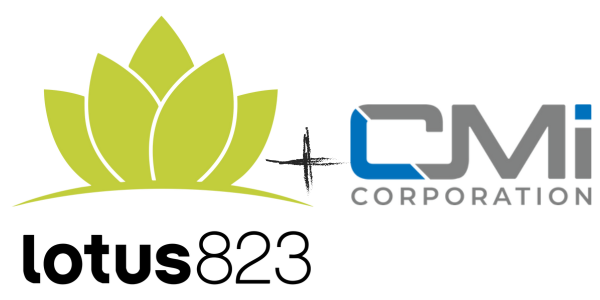Working in a digital marketing and public relations agency comes with a lot of questions.
“What is it that you actually do?”
“Are you able to make my product or brand go viral?”
“Do you attend parties with celebrities?”
While all of the above are valid questions from an outsider, and sometimes are what the job entails, there are common misconceptions that marketing and PR professionals deal with on a day-to-day basis – whether in our personal or professional lives.
Looking to find the difference between digital marketing and PR? I sat down with two of lotus823’s executives, who have brought new knowledge and years of experience to our team, to discuss facts, myths, and future trends.
First, let’s get to know whom I will be interviewing:
Chief Operating Officer, Nancy Kohlreiter
As COO, Nancy manages lotus823’s overall corporate vision with a focus on efficiently managing the agency’s future expansion and plans for growth, ensuring financial strength and operating efficiency along with developing strategic alliances and providing counsel on client management and new business development.
Vice President of Business Development, Brian Herlihy
Brian’s expertise lies in his ability to build both large and small brands by utilizing fully integrated custom marketing and promotional solutions to achieve maximum ROI. He is also well versed in developing strategic multicultural programs, with 15 years of valuable experience, primarily in the Hispanic market.
Let’s say I’m a new potential client – How would you describe your services at lotus823? Specifically, what is the difference between digital marketing and PR?
Nancy Kohlreiter: Our services are built to deliver a custom, holistic marketing approach to brand visibility for our clients in their target markets.
Certainly, both strategies are built to increase brand awareness, yet the tactics used are quite different.
A key component of public relations is forging relationships and communicating key brand messages with media, influencers, and key stakeholders to tell a brand’s story.
Content is also key in digital marketing, yet end goals are generally more quantifiable such as social community growth or website traffic. Using social media, website content, and even digital advertising, it’s about gaining visibility for your brand online. Digital marketing looks to PR to assist in incorporating the brand’s messaging and to amplify the stories that are being told to the key stakeholders.
The two strategies integrate well together because you’re able to tell your story through all channels with more resources rather than working in a silo.
What do you think the most common misconception brands have when it comes the processes of PR and digital marketing?
NK: I think many brands believe that PR and digital marketing efforts can be quickly and directly correlated to increased sales growth. The truth is twofold.
PR and digital marketing will measurably increase visibility—and it’s more a marathon and less a sprint. Return on investment (ROI) is building your brand’s reputation first and foremost through public relations, with digital marketing tactics assisting in measuring results through social engagement and relevant website traffic. Therefore, ROI isn’t always measured by sales, but instead by increasing traffic which should ultimately lead to sales growth.
Brian, with a background in experiential marketing, can you explain to us how PR and digital marketing can be tied into experiential campaigns?
Brian Herlihy: Experiential marketing is an opportunity to create a hands-on experience of your brand in front of your targeted audience. Our goal is to make PR and digital marketing the heart of our experiential strategy for greater visibility and measurement of ROI.
When it comes to greater visibility, the experiential campaign can be experienced by the key stakeholders we’ve formed relationships with through our PR efforts, which also allows us to build buzz early on and then collect valuable feedback.
With digital marketing, we’re able to use online channels to continue building buzz but most importantly determine the ROI behind each experiential campaign. It’s more than just impressions on a hashtag – our digital efforts help us mine for data to craft the experience that best speaks to our audience and determine how social and other channels can be a large part of that experience.
What do you think will be the biggest trend for PR in 2016?
NK: Integrating paid campaigns alongside organic efforts are now a must. With so many brands competing for the same real estate, it’s important to outline both paid and organic budgets for your PR efforts in 2016.
BH: Taking advantage of all the data that digital marketing offers to craft brand stories and determine the ROI for each campaign.








